How Praan is helping fix India’s air pollution problem
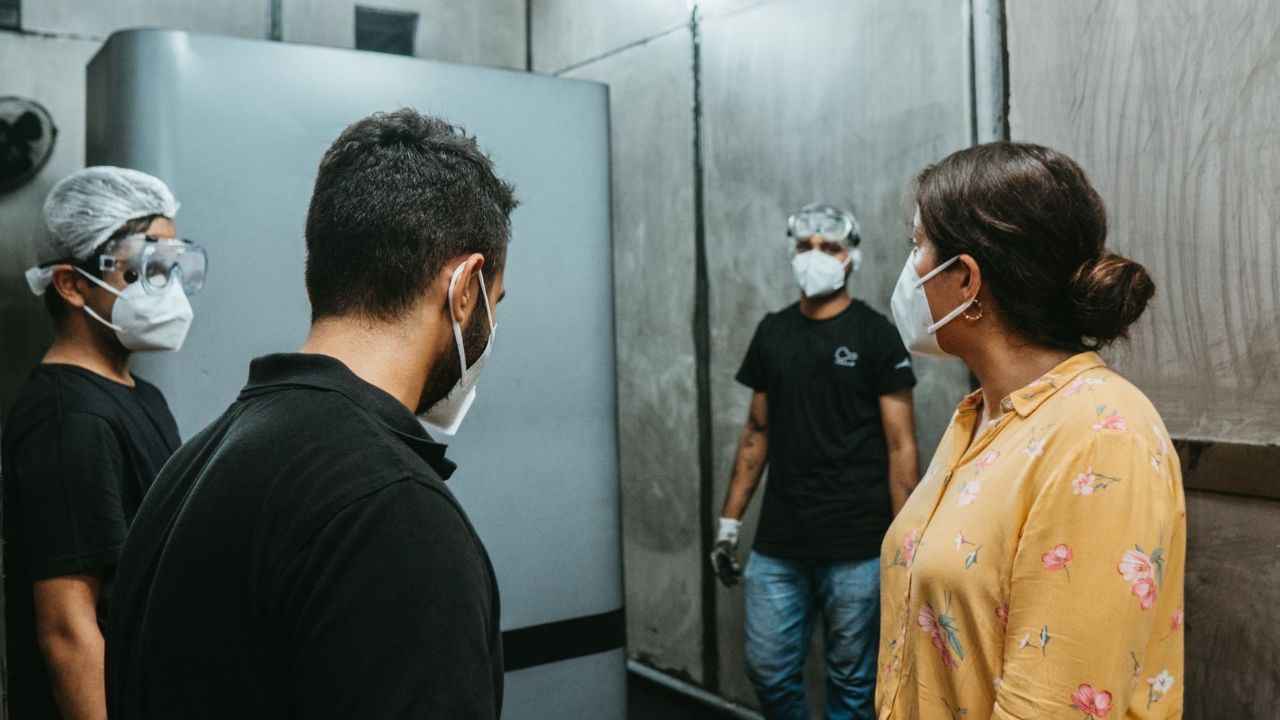
Want to know how bad the air pollution problem is in India? In 2022, India had 12 of the 15 most polluted cities in terms of air in the world, according to IQAir – a Swiss monitoring agency’s annual report. The report further said that roughly 60-percent of Indian cities included in the list had PM2.5 pollution levels that was at least seven times higher than WHO guidelines. At this rate, one has to wonder if there’s any corner of the country where the air isn’t potentially hazardous to our lungs.
 Survey
Survey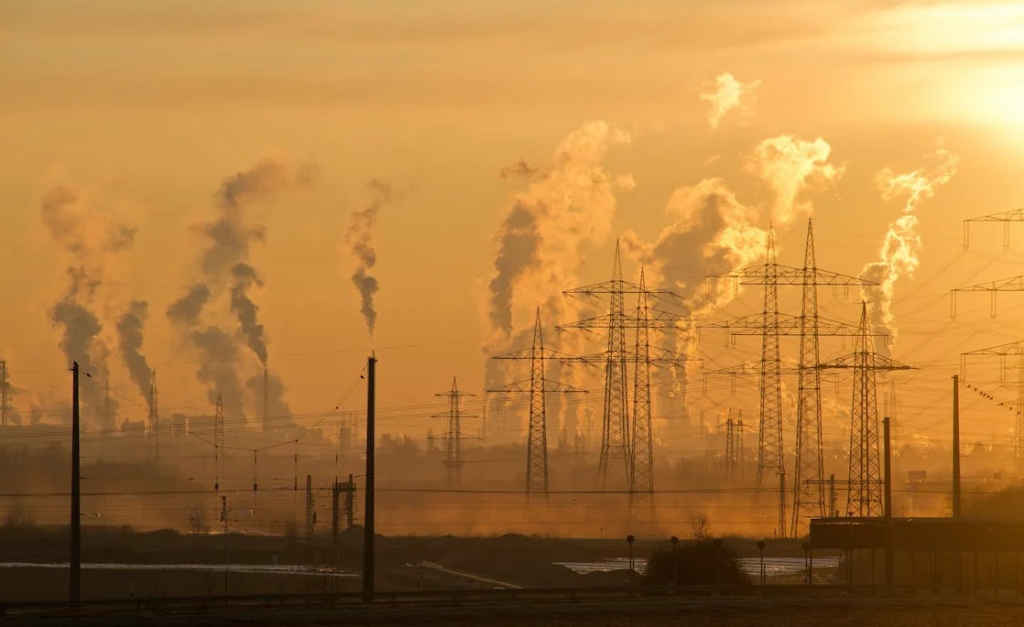
Against such insurmountable odds, Angad Daryani’s Praan is helping solve the air pollution crisis through huge 20-feet high industrial air purifiers, the Praan MKII. An inventor and social entrepreneur with an electrical engineering degree from the Georgia Institute of Technology, Daryani’s moonshot with Praan has been his ability to engineer a filterless air purifier design – which many thought was impossible – subsequently refined to its current version, the MKII.
Also read: Nvidia is probably the most important company in tech right now, here’s why
In an email interview, Daryani told us more about the MKII and how it’s fighting air pollution not just in India but around the world. Edited excerpts of our interview below:
Q) Can you elaborate on the technological innovation behind the MKII that allows it to be a truly “filterless” air purification device that fights air pollution?
MKII is based on charging pollutant particles, separating them hyperlocally and collecting them in a collection chamber. What makes our technology unique is not just the ability to capture particulates without filters, but doing so at high flow rates, and being effective with conductive dust, outlier dust like limestone, as well as sticky dust.
Q) How does the performance of the MKII compare to traditional filtered air purifiers in terms of particulate matter and carbon capture?
MKII is just a filterless particulate matter removal system. It’s the highest rate of removal of any filterless system – and the only one effective with conductive dust, sticky dust, and outlier dust like limestone. It’s also the one which allows reuse of all captured dust on a daily basis without changing the chemical constituency of the dust – very useful for large dirty industries like steel/cement/refractories/etc.
Q) Given its filterless design, how is the maintenance of the MKII managed? What about its durability and lifespan compared to traditional air purifiers?
MKII has a 5-7 years base lifespan and requires service and recalibration once a year. This is performed on site for the customers. Other systems are ESPs and bag filters – both require expensive maintenance, ducting systems, and part replacement every year. Please see the comparison with other systems below:
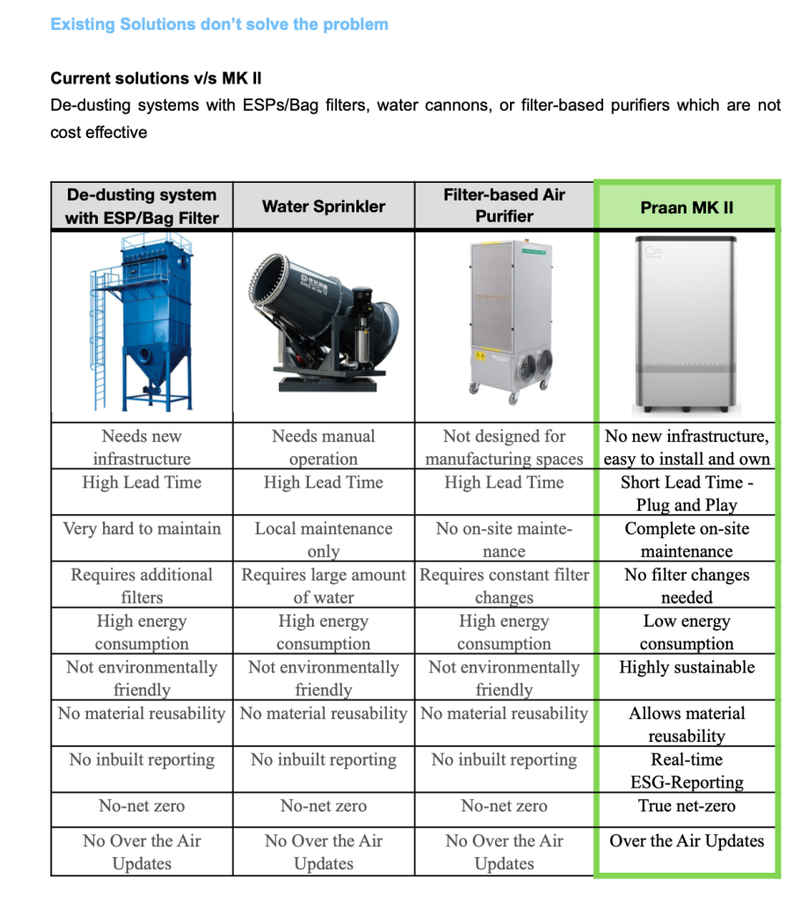
Q) How adaptable is the MKII to different environments (e.g., residential, commercial, industrial)? Can it be easily scaled up or down depending on the requirements of the space?
We have primarily designed and made it for Industrial spaces – however, it can also be used in airports, train stations, etc — renders below. The device is literally plug and play.
Also read: How Neend app is helping Indians trying to sleep better at night
Q) How energy-efficient is MKII? In terms of overall sustainability and environmental impact, what measures have been taken?
As a climate-tech company, energy efficiency is essential to us. The device which is manufactured is entirely net-zero with no parts which need to be changed on an operational basis. All emissions which went into the production of these devices are measured and offset actively. The customer also gets an option to operate the devices as net zero.
Q) How have users responded to MKII? Could you share any feedback you’ve received from your pre-order customers?
There’s a lot of surprise – most didn’t think filterless purification was possible. Some who couldn’t visit our demos at the Mumbai office would often wonder if there’s something suspicious happening when we sent them the videos. But when we’d take the device to their factory and show them how it worked and they could see the dust getting collected, there was a sense of awe. I think Indian customers are not yet risk taking, so it would take us time to get our foot in the door, but wherever we’ve been able to do so, we’ve seen positive outcomes – the devices definitely solve customer problems, and we continue to build features which could enhance their experience further!
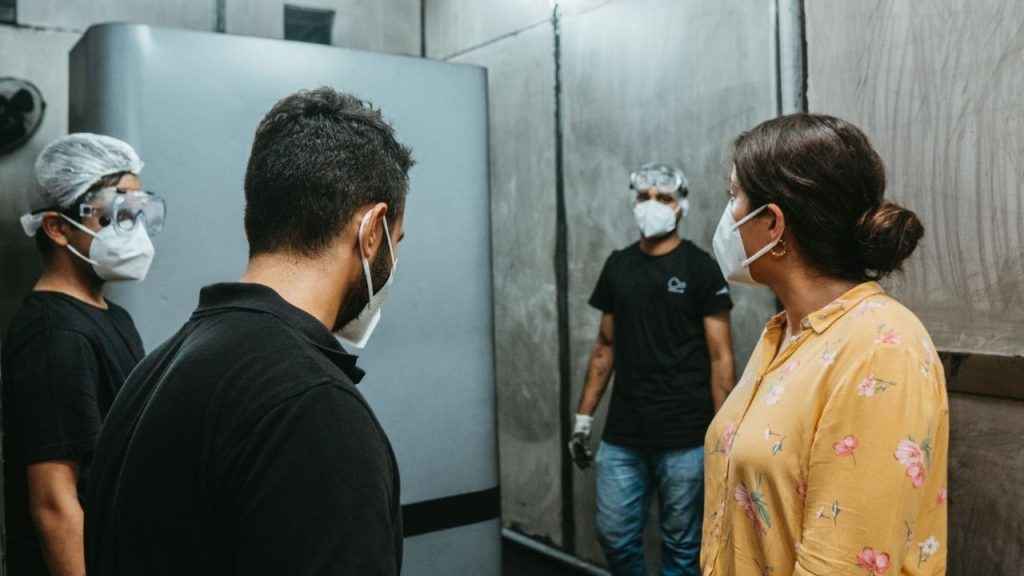
Q) With the successful launch of the MKII, what are Praan’s plans for future development? Are there any new features or improvements you’re considering?
The MKII product is amongst the most exceptional pieces of engineering our team has put out. The device is constantly improving based on the data we collect from its surroundings, and is expected to help customers save a lot of raw material by mining it straight from the air in the factories. We’ve constantly been improving the customer experience via Over the Air Updates and through a common cluster control software. We also have plans of auto dust collection and auto-dust use, along with future projects within it for fume and greenhouse gas removal.
Q) What were the biggest challenges in developing the MKII? Conversely, what would you consider your greatest achievements during this process?
Everything about it was really hard – making high flow rate filterless air purification possible in this form factor, being able to safely remove conductive dust without the device catching fire, consistently manage sticky dust, build prototypes for this product given the size, handling and manufacturing such a large product as an early-stage startup, delivering and installing the product, and more. Greatest achievements are the ability to capture dust which would otherwise catch fire in these large factories, making the device affordable yet profitable, being able to simulate how pollution flows in such large spaces, making the dust reusable, and actually being able to deploy these devices in such high dust/toxic working conditions
Q) How do you envision Praan’s impact on the air purification industry and the broader efforts to combat air pollution?
Praan is going to be a significant accelerant for the adoption of clean air globally – not just by expanding the industry with new tech, but by establishing a new benchmark for what it means to build and sell an air purifier, it’s software, it’s upkeep, and make the ownership aspirational yet common to all.
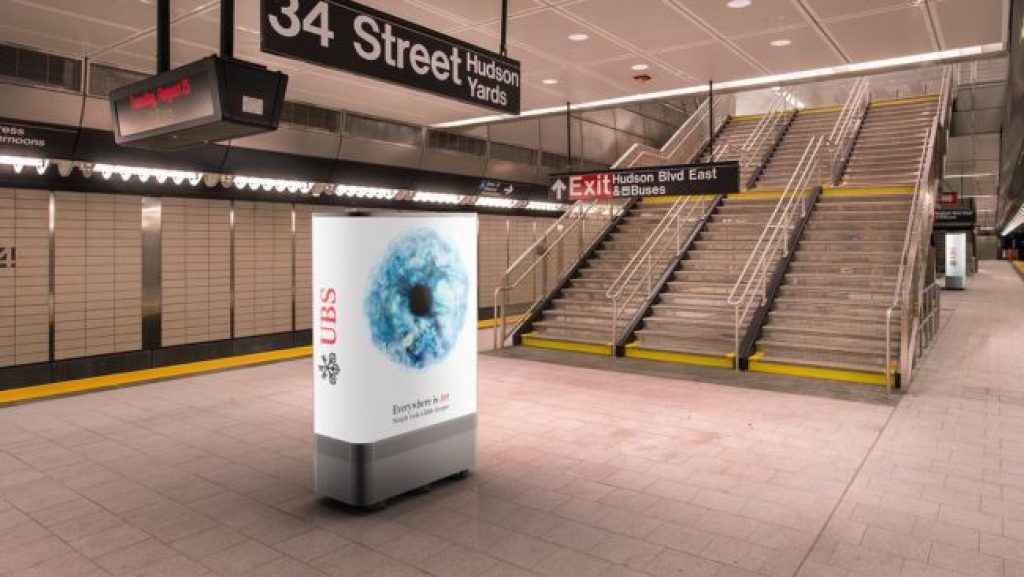
Q) What is your long-term vision for Praan? How do you see the company evolving in the future?
Praan was always designed with the hope of making the future more hopeful and exciting for the generations to come. Air Pollution mitigation is where we start now – industries, and commercial spaces (with our products being sold to businesses). We will begin manufacturing sensor modules in India next year along with expanding on our Carbon Capture projects more aggressively. Along with tech innovations, we hope to make from India for the world, expanding our sales into other geographies (We’ve already seen interest from several customers in SEA, EU, and South America).
Jayesh Shinde
Executive Editor at Digit. Technology journalist since Jan 2008, with stints at Indiatimes.com and PCWorld.in. Enthusiastic dad, reluctant traveler, weekend gamer, LOTR nerd, pseudo bon vivant. View Full Profile